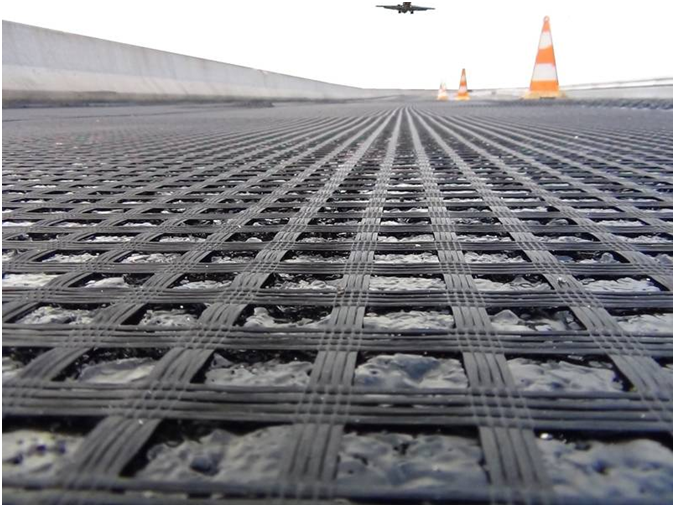External wall deformation joint node does not confirm the practice
(1) The external wall settlement joint cover seam is fixed on both sides of the iron, and the long round hole is made into arc less than the slit width a 40 40. The arch curvature is insufficient, the soft PVC foam is plugged, and the asphalt is used to adhere to the clear wall seam. Width a Slit width a 40 40 40 4 Mixed wall 40 40 30 Clear water wall 40 40 30 40 40 B Covered seam 40 40 Slit width a Soft PVC foam plug, glued with asphalt a AA a 40 30 BB seam width a A water-filled wall soft PVC foam plug, asphalt concrete wall 40 40 20 40 clear water wall 20 40 cover seam iron B clear water wall seam width a 40 mixed Water wall 20 Slit width a Soft PVC foam plug, glued with asphalt A Seam width a B 20 20 a 20 BAA 40 Seam width aa Small round hole, mixed with expansion joint method, when both sides wall When the body is unevenly settled, the amount of vertical expansion and contraction of the cover seam is insufficient, so that the walls on both sides of the vertical joint are pulled apart, or the fixed steel nails are separated from the iron sheet, posing a quality hazard.
(2) Deformation joints of external walls, especially deformation joints mainly based on uneven settlement. When two small corrugated aluminum alloy plates are used to overlap the cover seams, the middle of the two plates overlaps with rivets instead of long rounds. The sliding hole cannot be freely stretched, which is easy to cause the surface layer of the wall on both sides of the vertical joint to be cracked due to improper handling, resulting in a quality hazard.
(3) The outer wall expansion joint or anti-seismic joint adopts circular arc-shaped stainless steel plate, but the arching curvature is insufficient, which can not meet the expansion and contraction requirements of the wall due to temperature change or earthquake action, and form a quality hazard.
(4) The decorative surface layer of the deformed joint of the mixed water wall covers the outer surface of the covered iron, which causes the ash adhesion of this part to be not strong and forms a quality hazard.
(5) The cover seam is not firmly fixed and is directly fixed to the brickwork with steel nails.
Fiberglass Geogrid
Fiberglass Pavement Mesh is a product that uses a continuous coating of fiberglass as an ideal highway pavement reinforcement.
Pavement Geogrid is characterized by high tensile strength in both axial and lateral direction, low stretch rate, high temperature-resistance, alkali-resistance, easy construction, and low price. Warp knitted Fiberglass Geogrid can be used on pitch pavement, bituminous concrete pavement, and cement pavement to prevent cracks and prolong pavement service life. It also can be used as basal reinforcement material on hillsides, reservoirs, harbours, ports, water channels and sea walls.
Specification:
Mesh Size:12.7mmx12.7mm, 25.4mmx25.4mm, 30mmx30mm, 40mmx40mm, 50mmx50mm etc.
Tensile Strength: 20X20kn to 400knx400kn
Width: 1m to 6m
Roll length: 50m or 100m
Elongation:<=3%
Certificate: CE, SGS, ITB

Fiberglass Geogrid
Warp Knitted Fiberglass Geogrid,Pavement Geogrid,Glass Fiber Geogrid,Biaxial Fiberglass Geogrid
Yangzhou Jiangdu Chenguang Special Equipment Factory , http://www.siliconebakingmats.com
